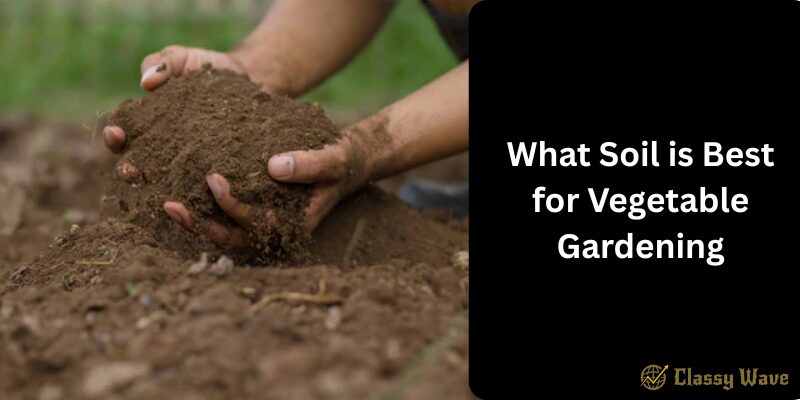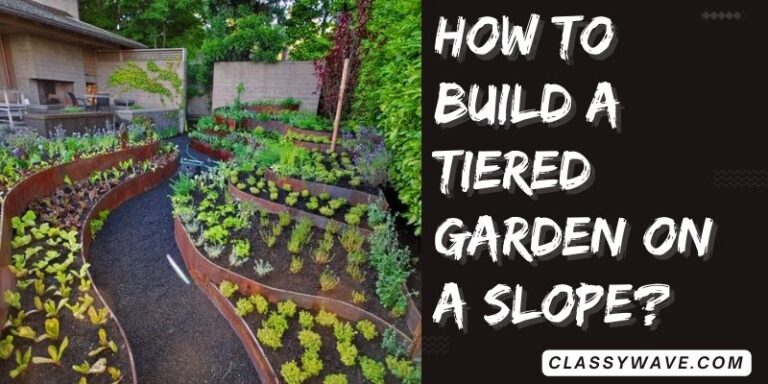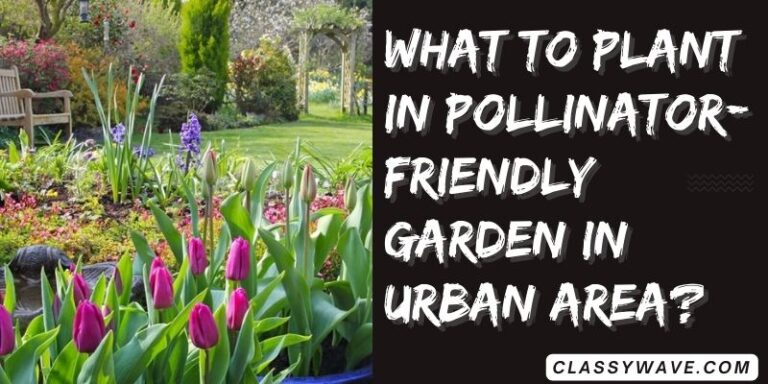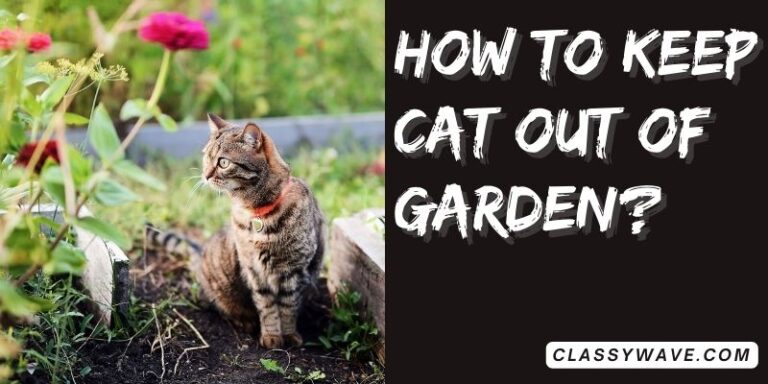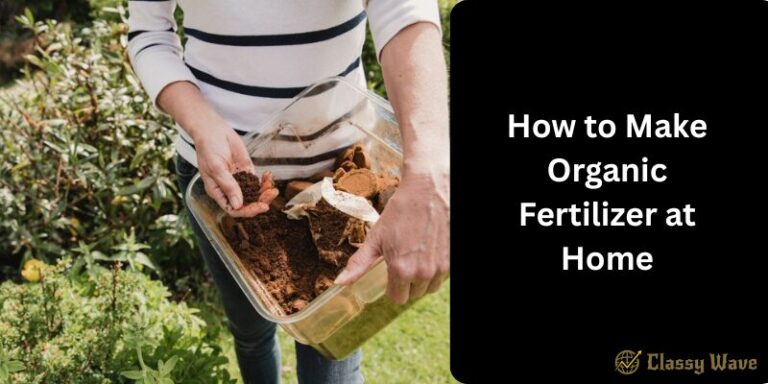What Soil is Best for Vegetable Gardening | Classy Wave
If you’ve ever wondered why some gardens flourish while others struggle, the secret often lies beneath your feet — in the soil. Choosing the right soil for your vegetable garden is the foundation of healthy, high-yield crops. The right soil doesn’t just hold your plants upright; it feeds them, hydrates them, and provides the perfect environment for roots to grow strong.
In this article, you’ll learn exactly what type of soil is best for vegetable gardening, how to improve your existing soil, and simple tips to keep it rich and fertile all year long.
Understanding the Role of Soil in Vegetable Gardening
Soil is much more than just dirt — it’s a living ecosystem that provides nutrients, air, and water to your plants. Good-quality soil allows roots to spread easily, ensures proper drainage, and holds just enough moisture for consistent growth.
Vegetables are especially sensitive to soil quality because they need balanced nutrients and good drainage to produce healthy, flavorful yields.
The Ideal Soil Type: Loamy Soil
The best soil for vegetable gardening is loamy soil — a perfect blend of sand, silt, and clay. This combination creates a structure that holds moisture without becoming waterlogged, drains well, and provides excellent nutrient retention.
Here’s why loamy soil stands out:
- Good Drainage: Prevents root rot and waterlogging.
- Nutrient-Rich: Retains essential nutrients that vegetables need.
- Soft and Crumbly Texture: Allows roots to breathe and expand easily.
- Moisture Retention: Keeps the soil damp without being soggy.
If your soil isn’t naturally loamy, don’t worry — you can improve it with compost and organic matter over time.
How to Identify Your Soil Type
You can easily test your soil type with a quick feel test:
- Take a small handful of moist soil.
- Roll it between your fingers.
- If it feels gritty, it’s sandy.
- If it feels smooth and silky, it’s silty.
- If it feels sticky and clumpy, it’s clay.
- If it feels crumbly yet firm, congratulations — you have loam!
Knowing your soil type helps you understand what amendments or organic matter you need to improve it for vegetable gardening.
Improving Your Soil for Vegetables
Even if your soil isn’t perfect, you can make it suitable for vegetables with a few simple improvements.
1. Add Organic Matter
Mix in compost, aged manure, or leaf mold to enrich the soil with nutrients and improve structure. Organic matter feeds beneficial microorganisms and worms that help aerate and fertilize the soil naturally.
2. Maintain Proper pH Levels
Most vegetables grow best in slightly acidic to neutral soil, with a pH between 6.0 and 7.0.
You can use a soil pH test kit to check your levels.
- If your soil is too acidic, add lime.
- If it’s too alkaline, mix in sulfur or organic compost.
3. Ensure Good Drainage
If your garden has heavy clay soil that holds water, create raised beds or mix in sand and compost to improve drainage. Proper drainage prevents root diseases and promotes better growth.
4. Use Mulch
A layer of mulch (like straw, wood chips, or grass clippings) helps retain moisture, reduce weeds, and keep the soil temperature stable — all of which vegetables love.
Best Soil Mix for Container Vegetable Gardening
If you’re growing vegetables in containers, you’ll need a soil mix that’s light and well-draining. A great homemade mix includes:
- 40% garden soil
- 30% compost or organic matter
- 20% coco peat or peat moss
- 10% perlite or sand
This mix provides both nutrients and airflow, making it perfect for pots or raised beds.
Top Tips for Maintaining Healthy Soil
- Rotate your crops: Growing the same vegetable in one spot every season depletes specific nutrients. Rotate crops annually to balance soil fertility.
- Avoid chemical fertilizers: They may give quick results but can harm soil health long-term. Use organic compost or natural fertilizers instead.
- Keep it covered: Never leave soil bare. Use cover crops or mulch to prevent erosion and nutrient loss.
- Add compost regularly: Refresh your soil with organic matter at least twice a year.
Common Soil Problems and Quick Fixes
| Problem | Sign | Solution |
|---|---|---|
| Poor Drainage | Water puddles or yellow leaves | Add sand, compost, or use raised beds |
| Nutrient Deficiency | Stunted growth or pale leaves | Add compost or organic fertilizer |
| Soil Too Acidic | Poor vegetable yield | Mix in lime or wood ash |
| Soil Too Alkaline | Yellowing between leaf veins | Add sulfur or organic compost |
Why Organic Soil Matters
Using organic soil or compost-based mixes ensures your vegetables are chemical-free and packed with nutrients. Organic soil promotes healthy root development, improves flavor, and encourages beneficial microorganisms that protect plants from disease naturally.
Conclusion
The best soil for vegetable gardening is well-draining, nutrient-rich loamy soil that’s full of life. By adding organic matter, maintaining pH balance, and ensuring proper drainage, you can transform even poor soil into a thriving vegetable paradise. Remember, healthy soil means healthy plants — and a bountiful harvest starts from the ground up!

